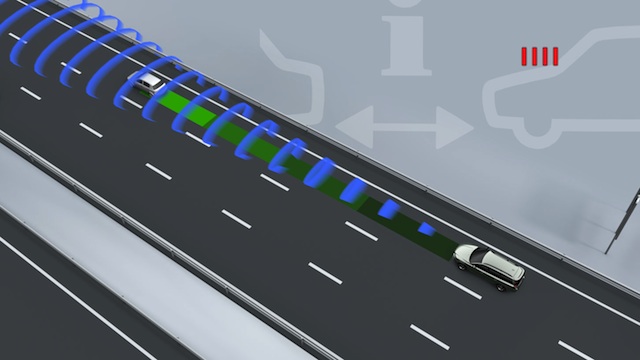
Cars will need safety system Autobrake to get a five-star Euro NCAP rating from next year.
And the Australian New Car Assessment Programme – to which New Zealand transport bodies are party – is almost certain to adopt the Autobrake requirement for its five-star rating.
The safety system – officially known as autonomous emergency braking – uses sensors to detect an imminent collision and automatically applies the brakes to prevent a crash or reduce the impact.
Euro NCAP secretary general Michiel van Ratingen said the technology was essential if Europe was to meet its ambitious road safety targets and reduce deaths from their current level of 31,000 a year to 15,000 by 2020.
“Autobrake is one of the top-priority safety systems,” said van Ratingen. “These are going to give us big benefits.
“Nose-tail crashes are number one in Europe; these systems could save around 8000 lives a year.”
Euro NCAP will also evaluate from 2014 other crash-avoidance systems like Volvo’s City Safe, designed to prevent low-speed impacts around town, and inter-urban systems which aim to reduce the impact of higher-speed crashes.
More complex pedestrian collision detection systems – capable of identifying and avoiding people – will be incorporated into the Euro NCAP test from 2016.
“We would expect to see all new cars fitted with the city system by 2017,” said van Ratingen.
“We will also introduce lane departure warning and intelligent speed assist systems to the test in the coming years.”
Euro NCAP has pushed carmakers into adopting safety technology. Fitment of electronic stability control increased by 30 to 40 per cent after it became a mandatory part of the NCAP test in 2009.
